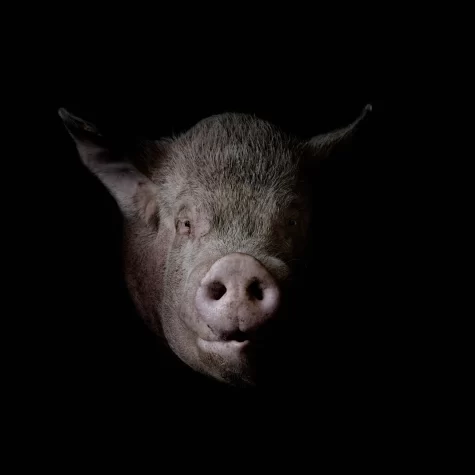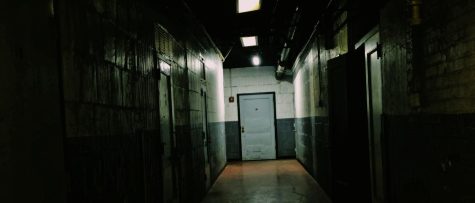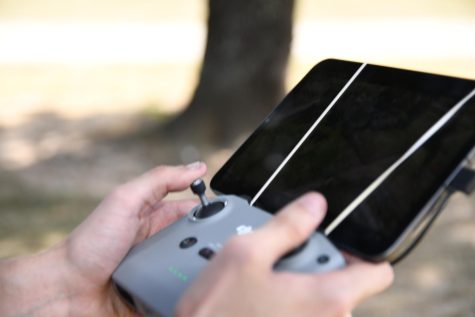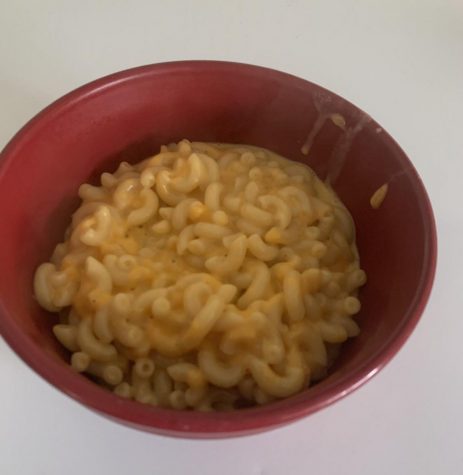Simplicity Series: In your home
One of the most intriguing ideas is that of complacent happiness. In my personal opinion, the way to happiness is simplicity. Simplicity is a concept that is easily achieved by minimizing everything. The only way to make things simple is to minimize the amount of things you have in the first place.
You can achieve simplicity in all aspects of your life; your mind, your home, your body, etc. Perhaps one of the most crucial of these aspects is your home.
As teenagers we often spend plenty of time in our bedrooms. Are our bedrooms really the best environment for us to be spending so much of our precious free time in? Often times our rooms are full of old memorabilia, forgotten responsibilities, and other useless objects. But what if our rooms could be our workspaces? What if the only possessions we had on display were ones that emitted light and positivity and made our day to day lives more relaxed and efficient?
To reach this point of ultimate minimalism there are several steps you must go through. The first step is to prioritize.
One staple is that there should be no duplicates. If you have more than one item, ask yourself if you need to have more than one and then eliminate the extras. For example, you may have five throw blankets. One is visually pleasing, one is very soft, one is great for picnics, etc. You can hold on to these until finding a high quality throw blanket that fits all of these qualifications and replace them. You now have effectively thrown out five blankets without losing any of the benefits from these blankets you previously had.
After prioritizing, think about storage. Try to sway towards open storage. It’s easier to shove our things in a drawer or close them in a closet when it’s not visible to you. If you store your things on shelves or surfaces, you are forced to minimize the amount things that you keep because the mess is constantly exposed.
The next step is to improve the quality of the things you do have. I like to keep the items I keep in my home consciously made. Try shopping for furniture by local carpenters or refurbishing old antiques. Be careful though, much furniture that is fifty years or older contains dangerously high amounts of VOCs and formaldehyde. Even brand new furniture can emit these toxic gases, so study up before you purchase. Make sure the things you have are durable, so that when it finally comes time to replace them, you can be sure you got the most out of it.
The last step is to maintain your newfound simplicity. Shop locally and only for the things you absolutely love and/or need, and try to discover your personal style. When you have a consistent style or color scheme, you can get more use out of the things you love and you have a more specific window when shopping for new items.
If you’re looking to further your inspiration for minimalism and simplicity, a book that really covers the entire topic is Simple Matters by Erin Boyle. Boyle goes in depth on the topic of living small and minimizing belongings along with stress. She also has a lifestyle blog on “slow, simple, sustainable living.”

Simple Matters by Erin Boyle
One of the biggest misconceptions in the minimal lifestyle world is that messy is bad. Messes are great things, they showcase who we are as people and they’re quite possibly the most natural things in our home. The things we leave strewn about are the things that are most important to us, but the hard part is controlling your mess. Dishes, books, and clothes are often just a few of the items we leave laying around. When we have unnecessary amounts of these items, the mess looks uncontrolled and unattractive. However, when your belongings are attractive themselves and you have no duplicates, you can find beauty in the mess. Instead of mounds of laundry left on your floor from deciding what to wear this morning, you can have a few beautiful articles of clothing left on your bed.
I took a few minutes to interview Malli Pingleton, junior, on her home and thoughts about minimalism.
What’s something in your room that inspires you?
“There’s two different things, my mirror and my book case. It’s inspiring because every single morning I do my makeup in front of the mirror, which is part of my daily routine. The mirror is something that I have seen myself in every different aspect; sick, beautiful, sad, and even insecure. The bookcase in my room is very unique; I love it because it holds memories, books, perfume, and pictures. It’s like a support for many of the things I love.”
How do you think you would handle the challenge of taking on minimalism as a lifestyle?
“I actually live a pretty simple lifestyle, so it wouldn’t be much of a challenge to me, but I think minimalism would be great for everyone to try, because we are all so caught up in materials, and by taking a break, I believe people could be much happier. Not to mention, I feel like it would benefit the Earth, and I am a major Earth lover.” says Pingleton.
As a teenager, messes are something we are supposed to know plenty about. Most adults don’t expect us to care so much about the spaces we live in when we’re at such a young age. Take the initiative to go beyond “cute room decor” and “keeping it clean.” Make your spaces places that inspire you as a home-keeper and a person.

Jersey Gregory is a first year journalist for the Cougar Call and a sophomore at Ada High. This year is also her first year in Performing Arts and Drama...





